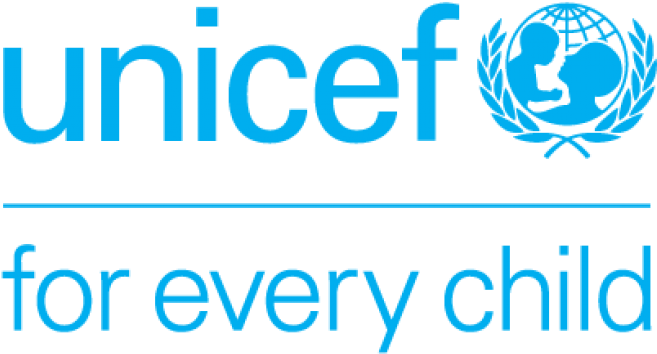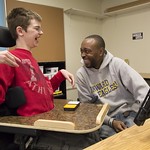Module 2
This module explores the process of assessment, strategies for inclusion using the SETT Framework and the provision of an individualised report highlighting key issues to help implementation.
Module 3
This module takes AAC into the classroom with activities related to its use, from single messages to the creation of communication boards and planning for progression
Module 6
The final module touches on other ways of working with AAC and how new and innovative technologies could support more users and speed communication.


 Do ask any questions you may have about the content, activities or quizzes in the training modules.
Do ask any questions you may have about the content, activities or quizzes in the training modules.